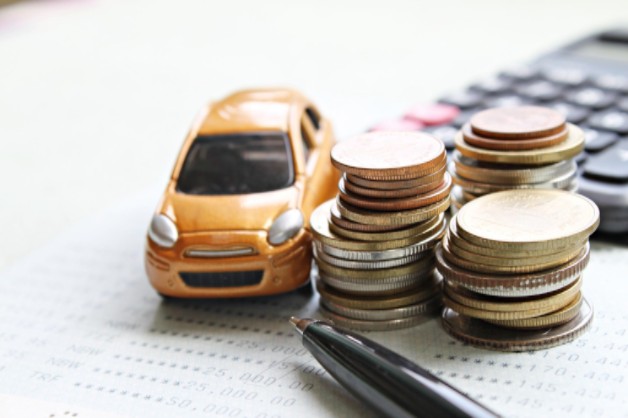Buying a new car isn’t something you do everyday, but almost everyone does it at some point in their lives.
If, like most people, you can’t afford to pay for a new car in cash, you’re going to have to finance the car. So it’s good to know your options. You may choose to finance your vehicle with any lender, any person, or any way you want, but you have two main options for financing: leasing vs. financing.
Neither leasing or financing is the same as the other, and you do have some serious considerations to make when faced with this decision. Which is right for you? There’s no right or wrong answer, but there are some facts that might just help you find the right answer for you.
Understanding the Lease Process
Leasing is different from buying a car in that you never own the car. When you make that final payment, the vehicle is not yours to keep free and clear, rather it belongs to the dealership and they get it back. When you lease a car, you agree to keep and pay for the vehicle for a specific length of time. Most people choose to lease for one to three years, and then they give the car back or pick out a new one.
One of the biggest benefits of leasing is you get to drive a brand-new car every few years. This means your warranty never runs out, you aren’t going to pay a lot of money out-of-pocket for repairs, and you always have the latest technology and features. Leasing is also something that allows people to drive a car they might not be able to afford otherwise.
Another important concept to understand when it comes to buying a car is depreciation. Every car depreciates when it’s driven off the lot, meaning the car becomes less valuable the minute you take it off the dealership lot. You may owe more on it than it’s even worth to sell or trade-in. When you pay for a lease, you’re only paying the amount the vehicle depreciates to keep it in your drive. This means you pay a lot less, drive a much more expensive car, and have fewer worries.
The downfall of a lease is the condition and the mileage. You must keep your mileage low. The standard mileage is around 12,000 miles per year. The vehicle must also be kept in good condition. If you fail to do one or both, you may pay hefty fees at the end of the lease term.
Understanding the Financing Process
Financing a vehicle means you will own your vehicle when you make the final payment. It’s your car. You can do with it what you please—take long road trips, put as many miles on it as you want, and keep it messy if that’s your driving style.
However, financing typically has higher monthly payments than leasing and it means you might be limited to cars under a certain dollar amount.
Financing is a good option for people who want to own their cars and eventually go without a car payment, but it’s a long process if you decide you want to trade it in before it’s paid off. You take the depreciation hit, which means your car might never be worth as much money as you owe on it unless you make a sizable downpayment at the time of purchase.
When you finance a vehicle, you also have the option to buy a pre-owned car with a few miles on it. This helps with affordability, so you can buy a car that’s more expensive brand-new than you would be able to pay. You can also check with your lender to see if you can finance for longer than the standard five years. This allows you to lower your payments on a more expensive vehicle.
Whether you want to finance or lease is entirely up to you. It depends greatly on how many miles you drive each year and whether you want to own your car eventually. Leasing is great for people who don’t mind making a lower monthly car payment without owning the vehicle at the end of the term.
However, if you want to get out of debt and own your car, financing one outright may be the best option for you.

